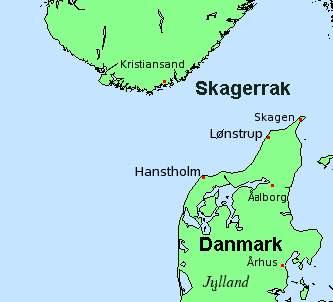Katzhagen - Archive - September 2009
Trainless vacations ?
At first it seemed like this.
There was no railway line near to Lønstrup, the place we chose to spend our vacations in Denmark.
But then, an advertising leaflet of a museum located at the western coast was brought to our son's attention: A fortress from WW II. featuring a narrow-gauge railway.
TAXI !
"Dad ?! Were you willing to drive to... "
Of course I were.
The museum in Hanstholm shows a fortress from WW II. which was equipped with several 38cm-guns. In cooperation with its counterpart located in Kristiansand in Norway it was meant to safeguard the Skagerrak. A narrow-gauge railway was implemented on the fortress site to transport ammunition from the depot to the guns. Nowadays this railway is on duty from May to September, running on a reestablished circuit which is about 1km long.
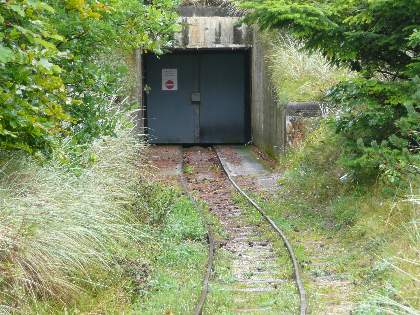
Gateway into the shelter complex

A part of the ammunition train's track triangle
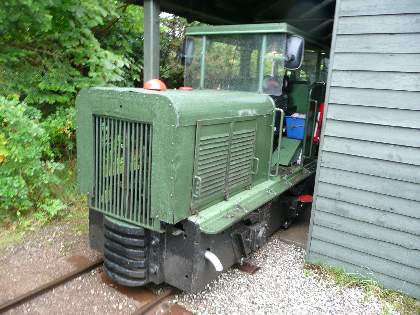
The train's engine
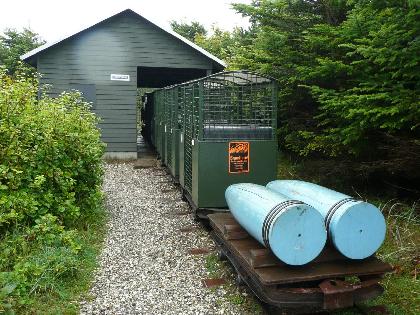
The circuit's station
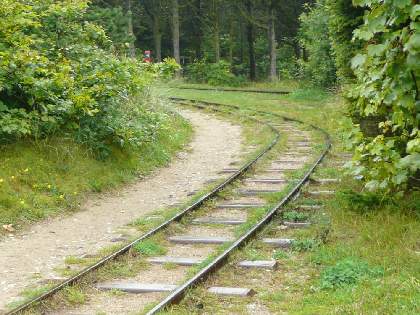
Another part of the circuit
The museum in Hanstholm at Denmarks northwestern edge offers interesting insights into the former operations and living conditions of this gun battery. Visiting the largely well preserved shelters revealed unexpected findings like an almost autonomous infrastructure and a quite high level of furnishings (given the circumstances at that time).
The museum's railway gives some insights into the partially dangerous and difficult transport of ammunition at this site.
Tuning a plagiarism
A LGB-China-plagiarism, which more or less accidentally managed to sneak into the collection, required some revision regarding- the axles - metal replacement
- the lettering - partially ridiculous
- the owner - The brand "Imperial Oil" is almost unknown in Germany
- the varnish - the glossy tank had a low-cost look...
Removing the "Imperial Oil" inscription was not difficult and worked as expected using the well known method of applying some brake fluid.
The new lettering was created with transparent self-adhesive foil and a laser printer. Both the letters and the logo were cut out as exact as possible and glued to the tank then. Finally, the tank was dismounted and varnished using a 1:1 mixture of glossy and matt clear enamel (Revell) which already was used successfuly for the RhB corn vessel. The result now looks much more like the "original":
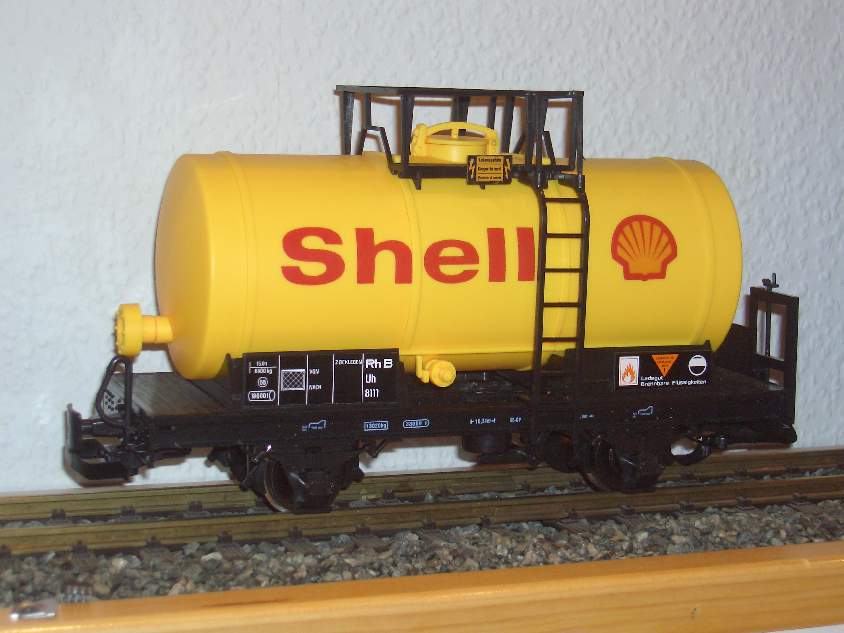
Modified Newqida tank car - Different to LGB is the order of the company name and the logo. Also the yellow colour is a bit brighter.

